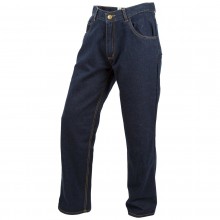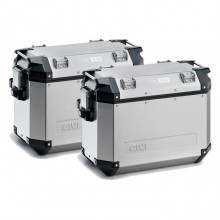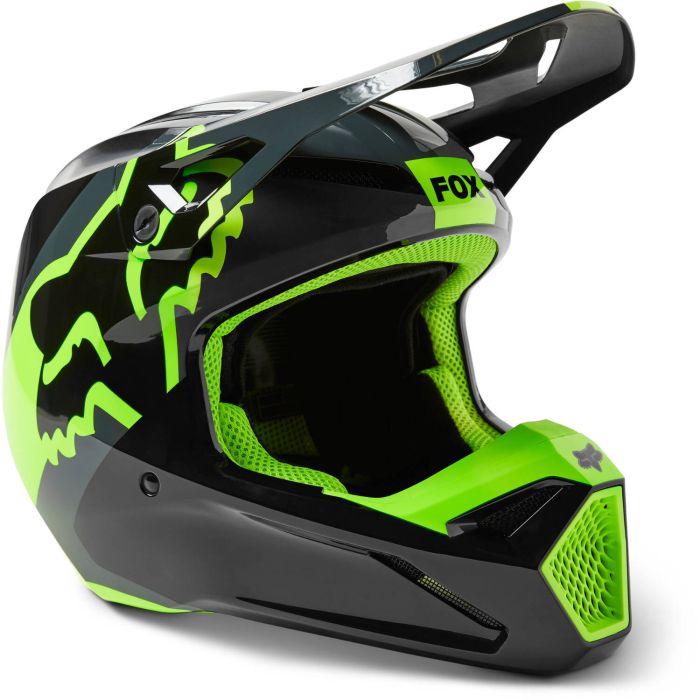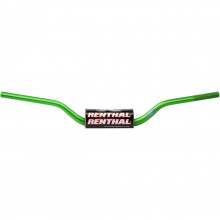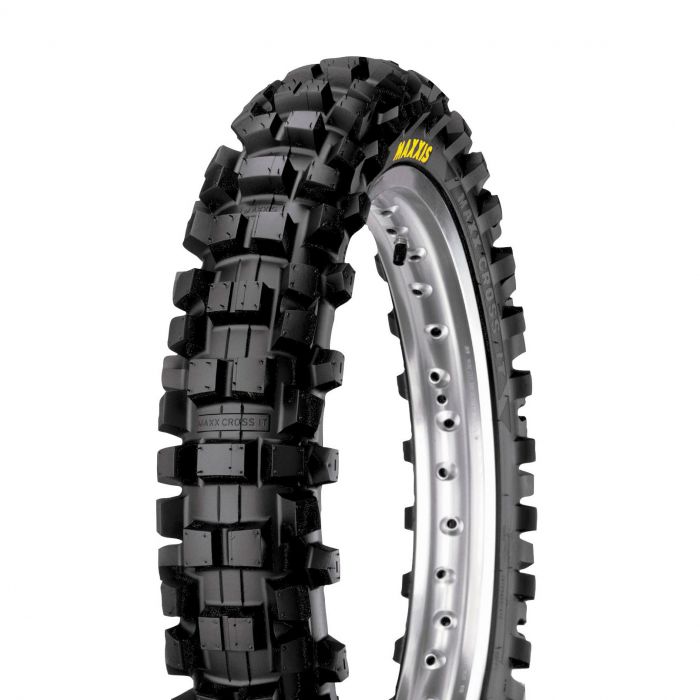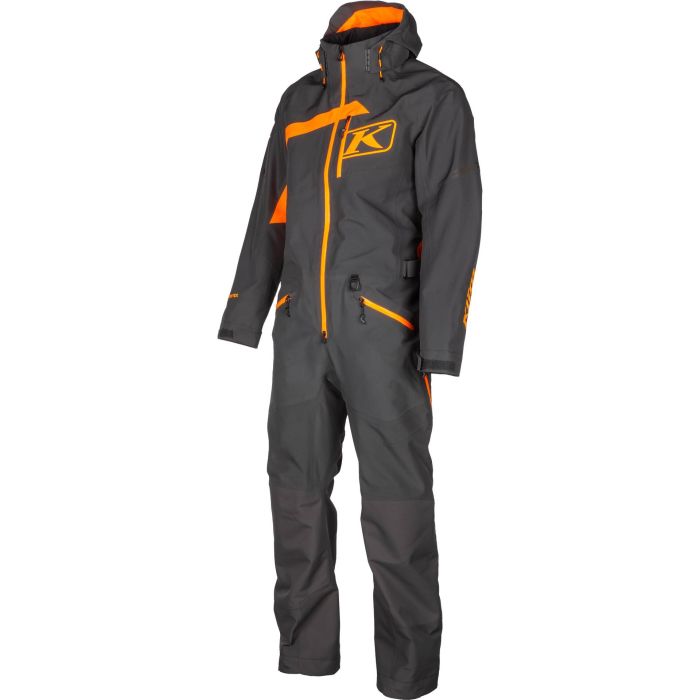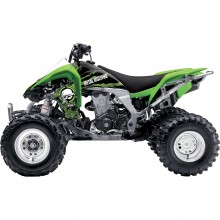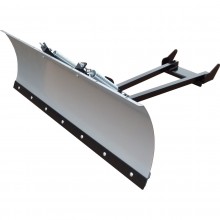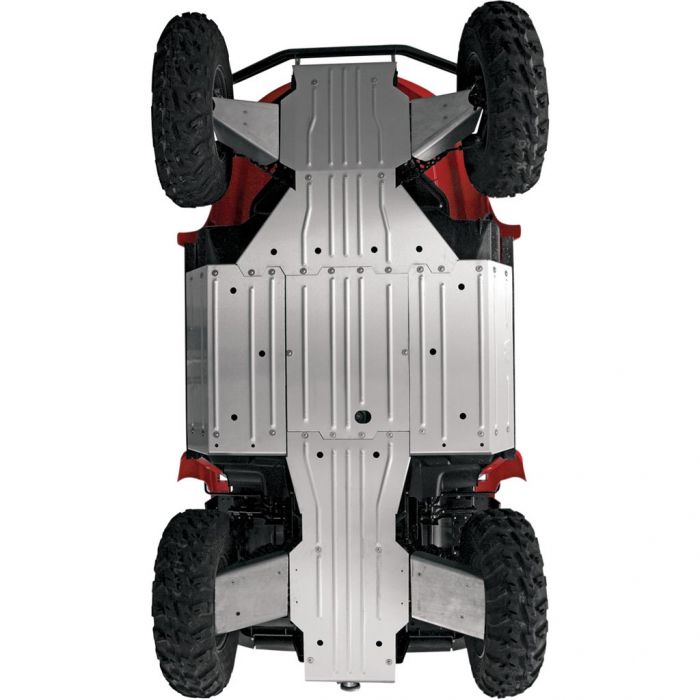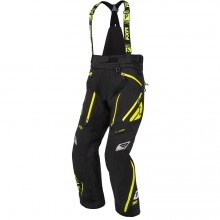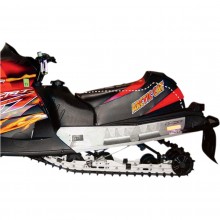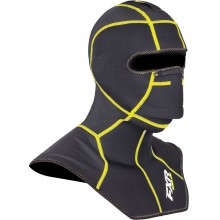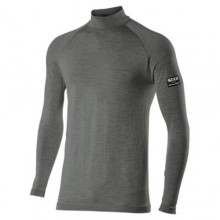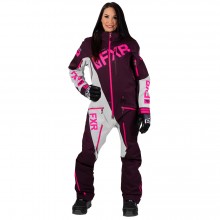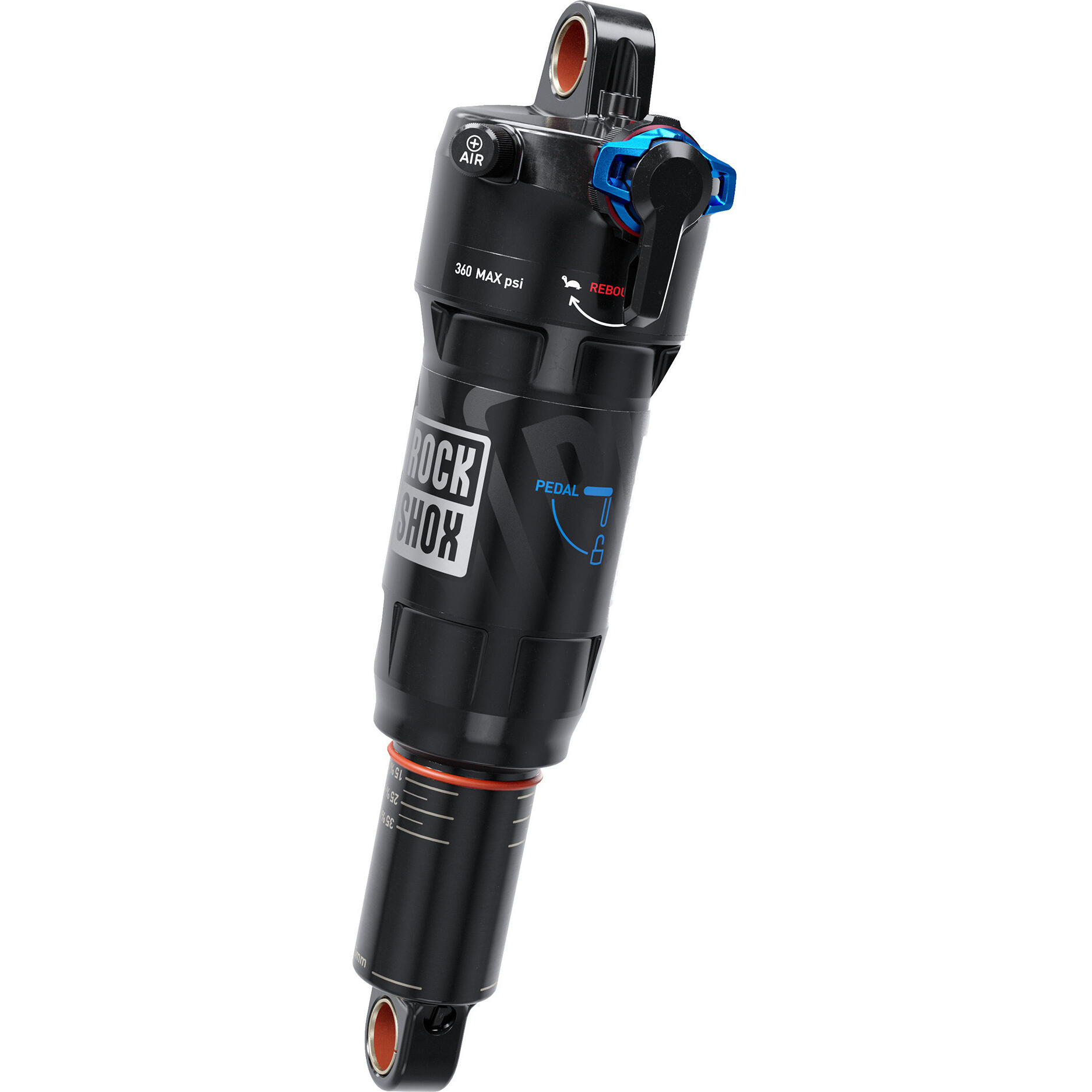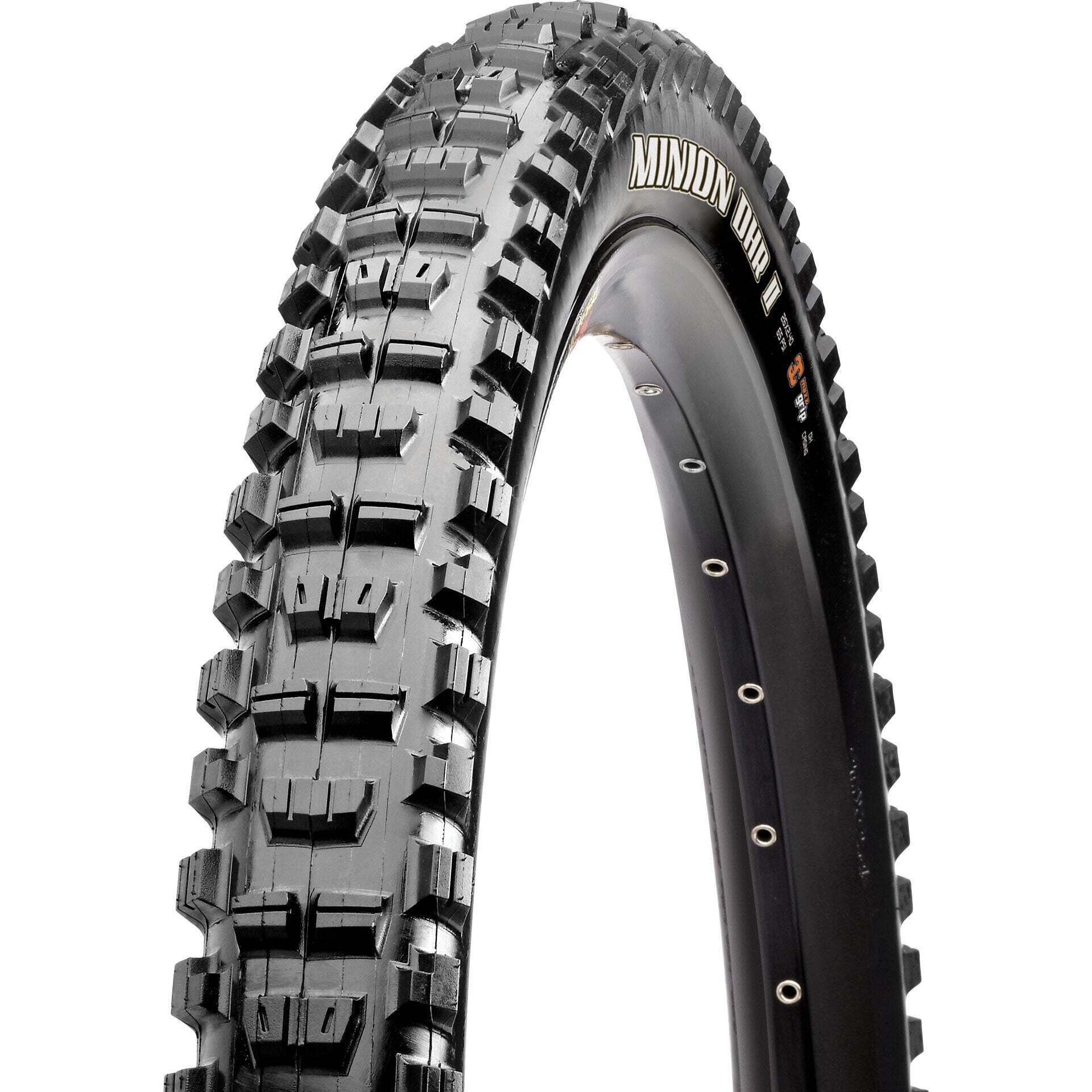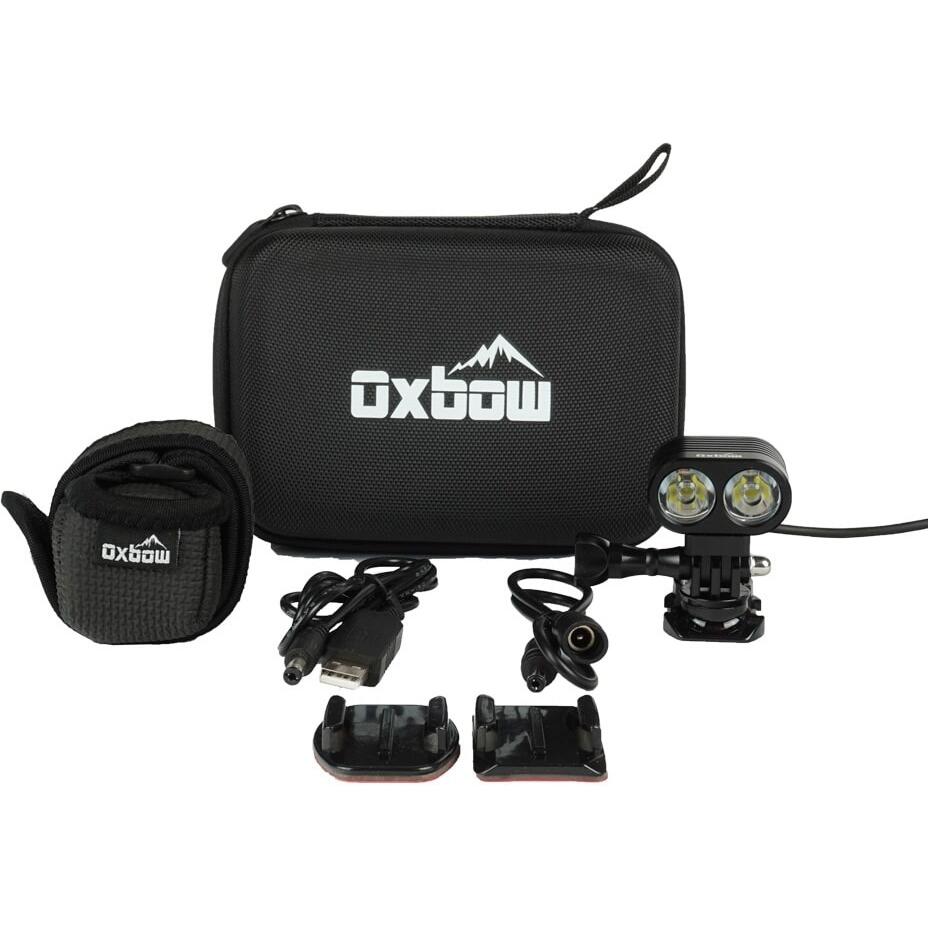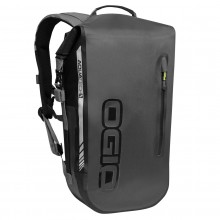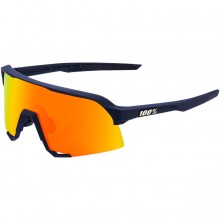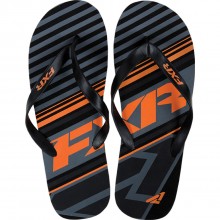
7 Problems and Solutions for Cold-Weather Riding
Winter doesn’t necessarily put an end to your motorcycling plans. We've compiled a list of tips and tricks for those who dare to ride in the harshest environments: the winter warriors.
Browse Snow Gear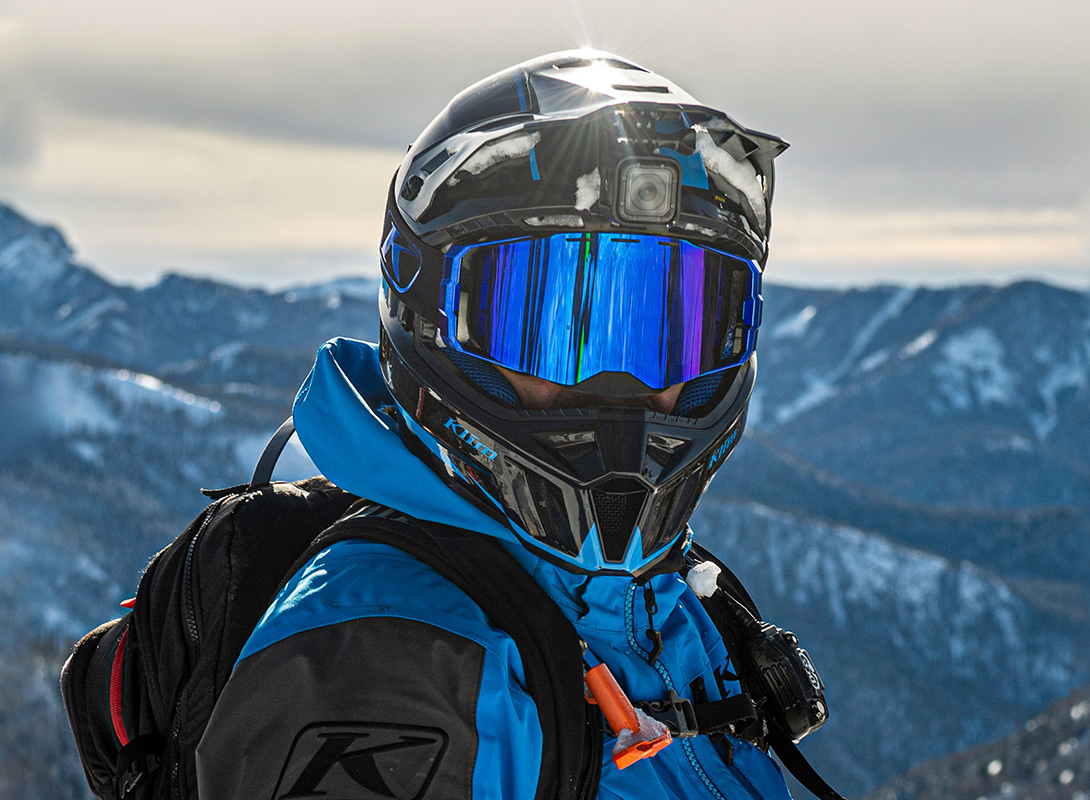
Dec 22, 2021 — When it gets chilly, many motorcyclists pack up and enter hibernation. There are some, however, that smile at the occasion to go beyond their limits. After all, “what’s a little snow going to do anyway?”, says the winter warrior.
You snarling snowman. You beastly bonhomme de neige. You give Jack Frost the finger, always riding one step ahead of his chilly march. For you, the shoulder season is part of what makes Canadian riding so great.
No sweating through the leather. No overheating air-cooled engines. No fumbling to open the million ventilation ducts on your helmet while your face melts. Yes, there are many reasons for motorcyclists to embrace our Canadian climate.
Of course, this also comes with a few problems.
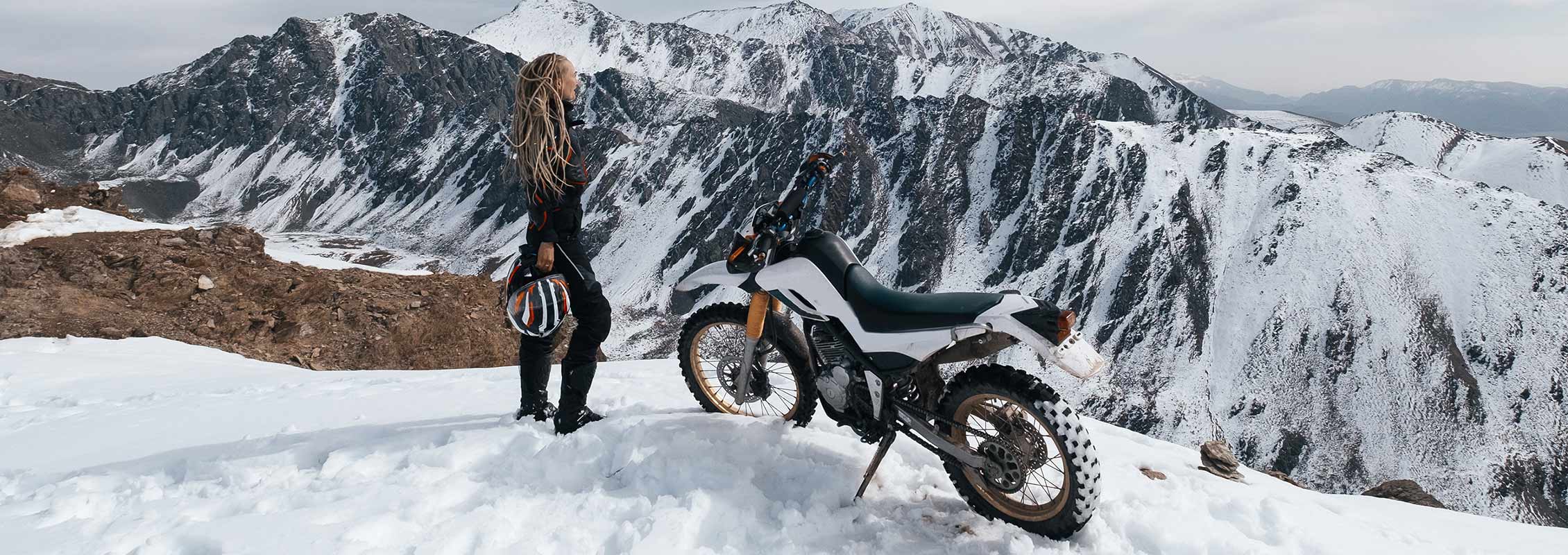
Starting a Freezing Cold Engine: Batteries, Coils and Oils
When the mercury drops, so does your battery power. To make matters worse, gasoline doesn’t like to vaporize at low temperatures. Because of this, even the most faithful starters will be reluctant to turn over.
Every rider knows a few tricks. Blowing into the carburetor vent hoses and playing with the choke can help a bit. Another option is to turn the headlights on for thirty seconds. This will warm the battery and increase the amp output. For the winter warrior, however, a more permanent fix is required.
One oft-overlooked solution is to upgrade your ignition coil. This will help jolt your ride into action, also improving mid-range throttle response and top end acceleration. Another option is to find a battery with plenty of cold cranking amps (CCA). This will deliver high current when the weather turns chilly.
Finally, it’s a good idea to pick up some low viscosity oil. Thinner oils (such as 10W) will improve performance in cold weather. Many brands have a great selection, so it’s all about personal preference here.
Browse Oils
Surviving on Stone Cold Tires
Cold tires and pavement can result in a dangerous loss of traction. If you’re gutsy enough to suit up in mid-December, then you probably enjoy edging into a corner now and then. The problem is, riding slick tires in cold, damp weather is like trying to drive fast laps around a skating rink.
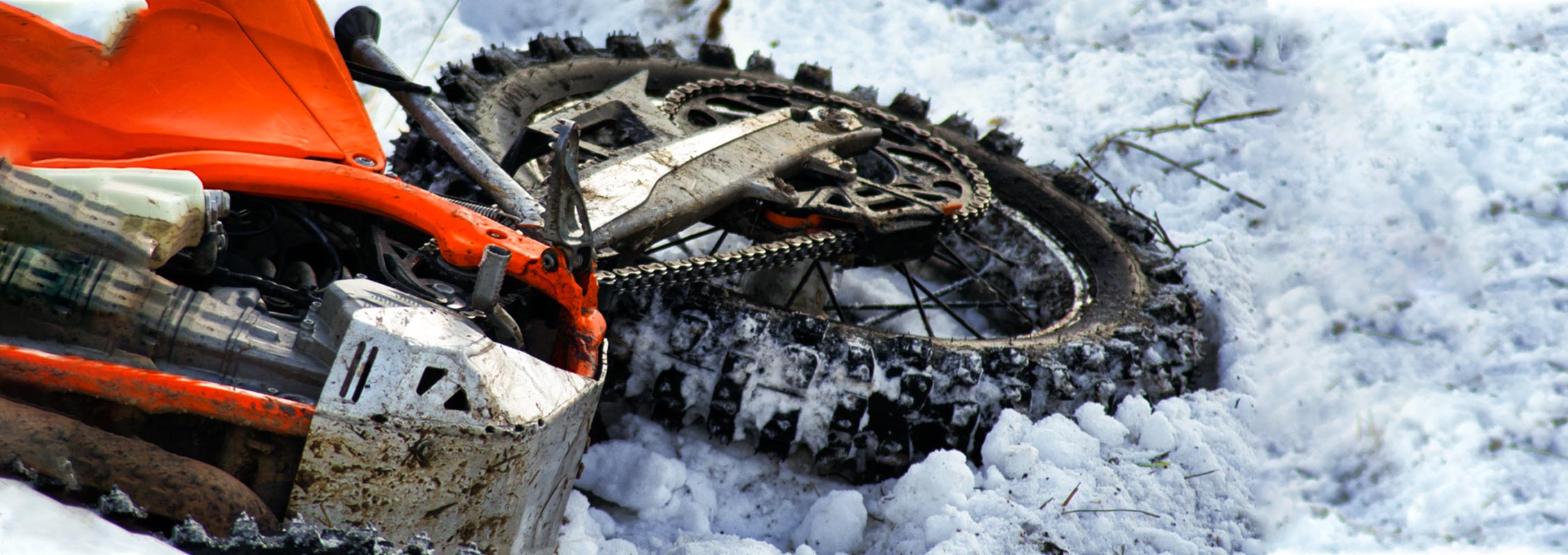
Riding in the snow ain't easy. Frequent maintenance is a must. Source: Hopkins Firm
For street riders, we recommend benching your summer treads and going for tires with synthetic rubber. This will minimize warm-up time, and maximize traction in wet conditions.
For offroad riders, a rear paddle tire will provide loads of forward push, and you can usually snag one under 100 bucks. We can’t promise the front tire won’t wash out more because of this, so get ready for a helluva workout trying to keep the bike upright.
Browse Tires
Keeping the Frostbite at Bay
Riding in the cold is great. Riding while cold is not. Fortunately for you, there’s an ample supply of heated gear to keep you comfortable.
If your bike lacks heated grips, then heated gloves are basically mandatory. Your fingers will be first to go numb, and in all probability first to be bitten off by frost.
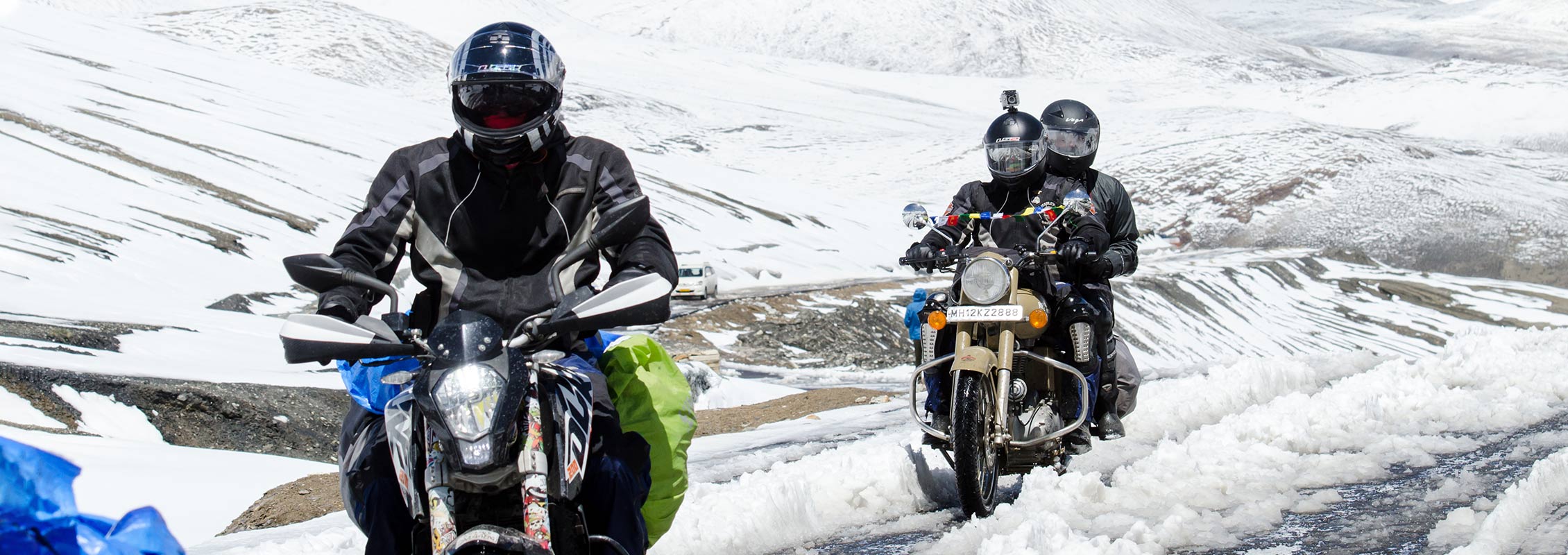
Traction control is turned on here. Or is it?
We definitely recommend considering heated jacket liners, as well as heated pants, insoles, and socks. In no time, you’ll be wearing your gear everywhere, as you shovel the driveway with a big stupid smile. Might be overkill, but it’s enough to make the neighbors jealous.
If you’re on a budget, there’s disposable warmers out there that deliver a surprising amount of heat, though they only typically last a few hours. Good enough for most occasions.
Browse Heated Gear
Staying Dry
Precipitation is unavoidable in the colder months, and hypothermia is always lurking around some corner, ready to slap you in the face. Heated or insulated gear is just common sense, but you're also going to want gear that keeps you dry.
Any waterproof jacket and pants can do the trick, heck you could even get away with a simple rain oversuit. Just don't let your insulation get wet, and remember to layer. A spare change of dry clothes is also a must, so just throw this in your backpack and forget about it. It'll be there when you need it.
Browse Jackets
Expecting the Unexpected
Old Man Winter is bipolar. Especially in Eastern Canada, you never know what to expect from him. He’ll show up in October then – just to screw with you – he’ll disappear again until the New Year.
Your motorcycle should have an easily removable winter cover for those random moments of sunshine. Something fairly durable and designed to protect against all conditions. If it is labelled as waterproof (not water resistant), all the better – though you might dish out a little more in this case.
If your goal is indoor storage however, avoid the waterproof covers, as they won’t breathe as much and will tend to lock in moisture.
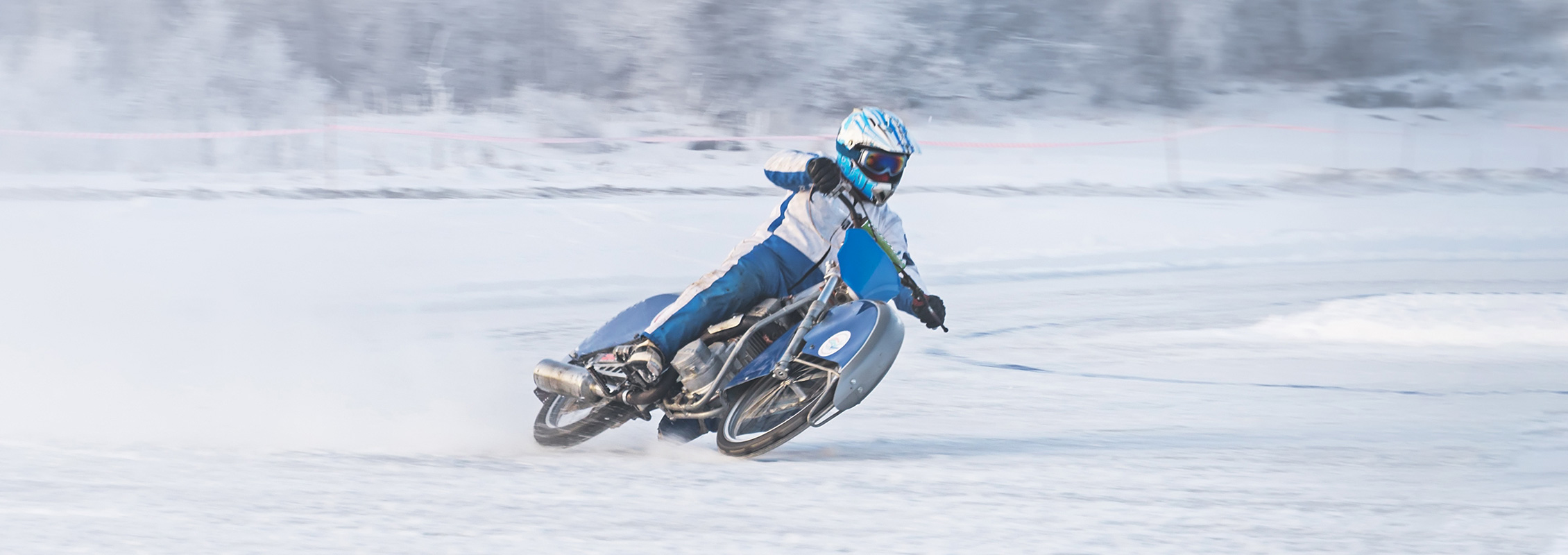
Ah, winter riding. We never tire of it.
Warding Off the Salt
Even the most daring winter warriors will tell you that salt is a big problem. Sure, it keeps the snow from sticking. However, this bittersweet buddy is also a highly corrosive menace in disguise. Even on shorter trips, riders and their motorcycles will get saltier than old Davy Jones.
For salt protection, you might want to consider a chemical anti-corrosion spray that gets into the hard-to-reach areas. It’s also a good idea to wash, dry, and wax your motorcycle – not outside though, or you’ll be riding a metal block of ice. Salt is hard on leather as well, so if you ride in the hide, it doesn't hurt to pick up a leather care product.
It's Snow Big Deal
If you don’t want to invest time in modifying your perfectly tuned summer ride – only to have it stall on you below freezing temps – you can always consider a little something called a snowmobile. And this isn’t a lazy solution, it’s just a practical one.
Having a machine capable of tackling Canadian backcountry trails and heavy snowfall is quite liberating. With one of these snow devils, you can freely explore all of Nature’s secrets that were off-limits once upon a time.
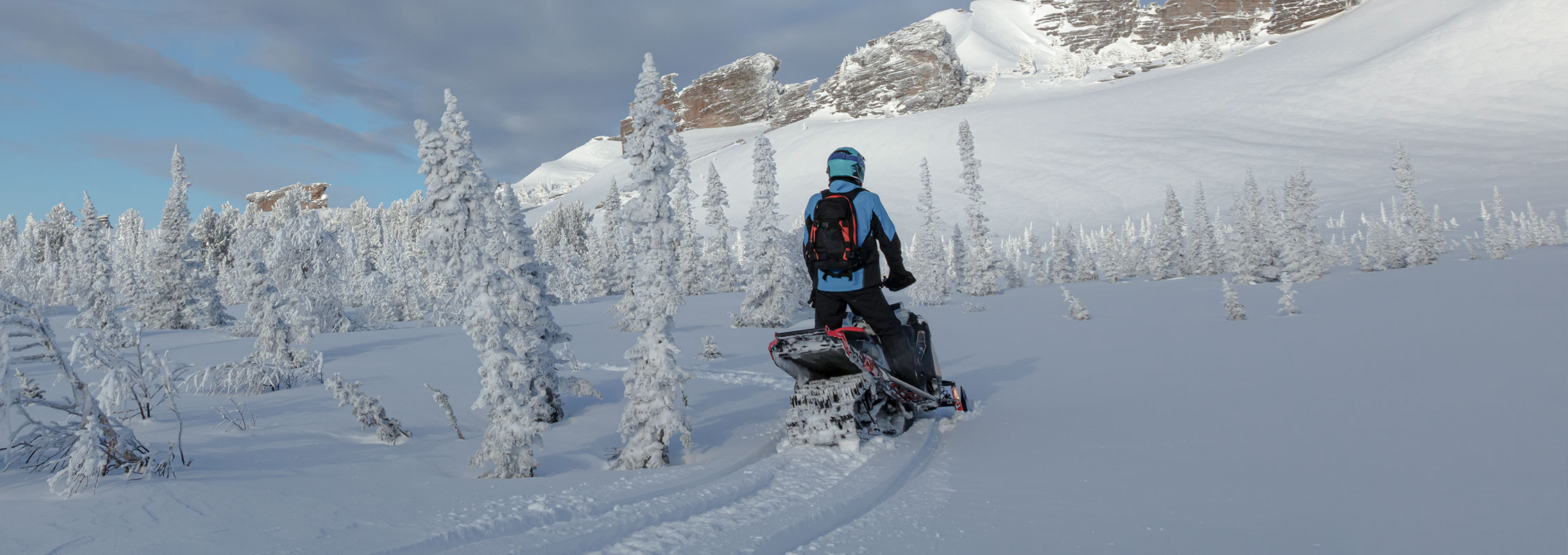
Late-season riding doesn’t have to be difficult. Like most Canadian adventures, it just requires a little extra gear and preparation. And for all you lovers of warm weather, or for those who live in provinces that have prudish winter riding laws, now’s the perfect time to tackle those maintenance jobs you’ve been putting off for so long.
How To Ride A Motorcycle In Deep Snow - A Canadian Explains
Paddle tires? Zip-tie studs? We're not exactly sure how to ride a motorcycle in the snow. But we're going to find out.

Related Articles

How to De-Winterize Your Motorcycle
De-winterizing your bike is the subtle prelude to an epic riding season. Don’t skip it!

When to Replace Your Motorcycle Tires
When should you replace your motorcycle tires? Get to know the telltale warning signs.

5 Telltale Signs of a Bad Used Motorcycle
Buying a used bike? Here 5 methods to Sherlock your way into a good buy.





